Snakes are among the most fascinating and misunderstood creatures in the animal kingdom. Their hunting and killing techniques can be both mesmerizing and downright disturbing, showcasing their prowess as predators. While many people are aware of their famous venomous bite, there is so much more to how these slithery hunters capture and consume their prey.
1. Constricting the Competition
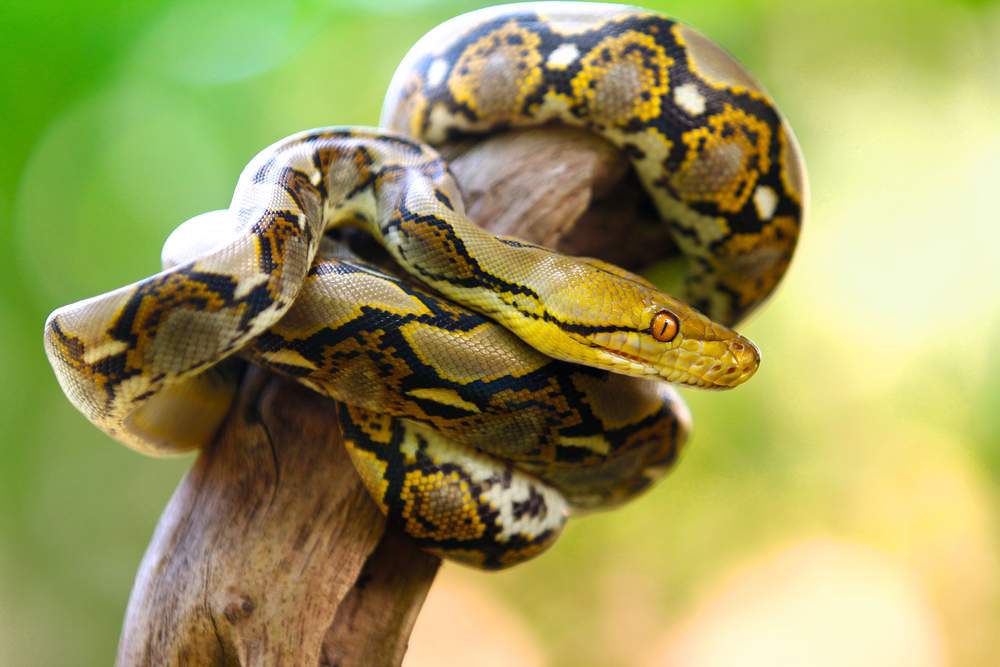
Imagine being enveloped in a living coil, squeezed until you can’t breathe – that’s how constrictors, like boas and pythons, take down their prey. These snakes have powerful muscles that wrap around their prey, tightening every time the prey exhales. The pressure becomes so intense that it can lead to cardiac arrest before the prey even has a chance to suffocate. According to National Geographic, it’s a method that ensures the prey is subdued quickly, minimizing the risk of injury to the snake.
Once the prey is immobile, the snake leisurely consumes its meal whole. The snake’s jaw is uniquely adapted to stretch around large prey, often much larger than the snake’s own girth. While it might seem gruesome, this method is highly efficient and allows snakes to tackle a wide range of prey sizes. It’s a fascinating display of nature’s engineering, albeit not one for the faint-hearted.
2. Venomous Vengeance
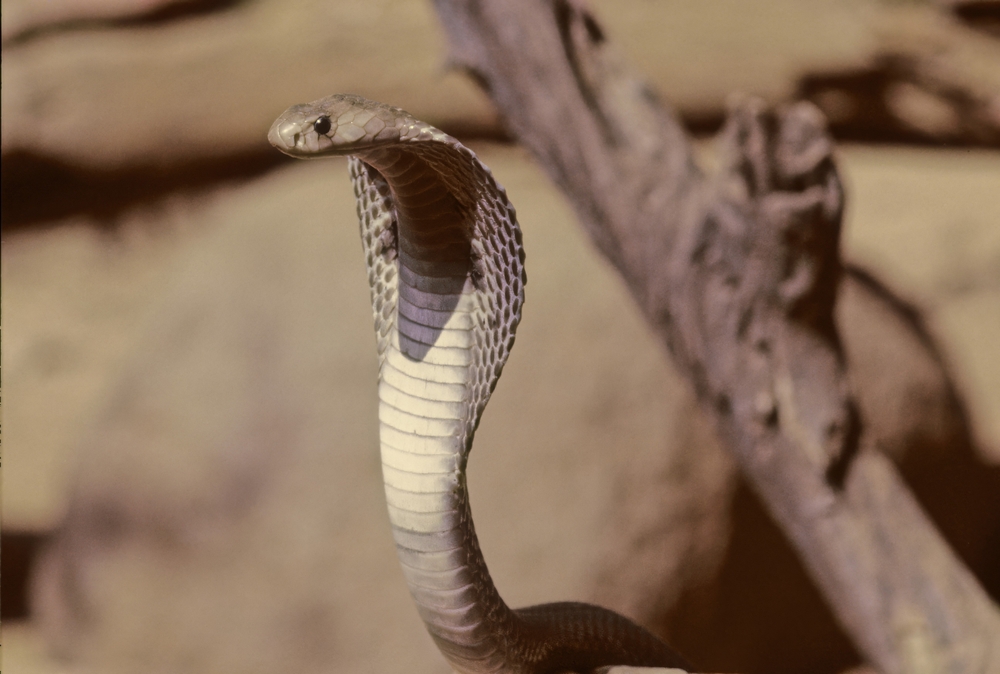
The thought of venomous snakes can send shivers down anyone’s spine. These snakes, including cobras and vipers, deliver a specialized cocktail of proteins and enzymes through their fangs, designed to immobilize or kill their prey almost instantly. The venom can cause paralysis, disrupt blood clotting, or even start digesting the prey from the inside out, depending on the species. It’s a method that combines speed with lethality, allowing the snake to take down prey that might otherwise be too large to handle.
After envenomation, these snakes often let their prey wander off, following them until the venom takes effect. This strategy reduces the risk of injury during a struggle, as the snake waits patiently for its meal to succumb. The scientific sophistication of snake venom is a testament to the evolutionary arms race between predator and prey. [Smithsonian Magazine](https://www.smithsonianmag.com/) notes that understanding snake venom has even led to medical advancements, proving that even the most terrifying adaptations can have a silver lining.
3. Ambush Artists

Not all snakes chase after their prey; some prefer the element of surprise. Sit-and-wait predators, like the emerald tree boa, employ stealth and patience, blending into their environment until an unsuspecting victim comes close. These snakes rely on their camouflaged coloring and motionless stance to avoid detection. When the prey is within striking distance, they launch a rapid attack, capturing their meal with a quick bite or constriction.
This method requires minimal energy expenditure, making it ideal for snakes in environments where food might be scarce. It’s a chilling reminder of the patience and cunning that some predators employ to catch their next meal. For these snakes, the thrill of the hunt is not in the chase but in the perfect execution of a plan. The next time you’re wandering through a jungle or forest, remember that some of nature’s most dangerous predators could be silently watching you, just waiting for the perfect moment to strike.
4. The Art of Tail Luring
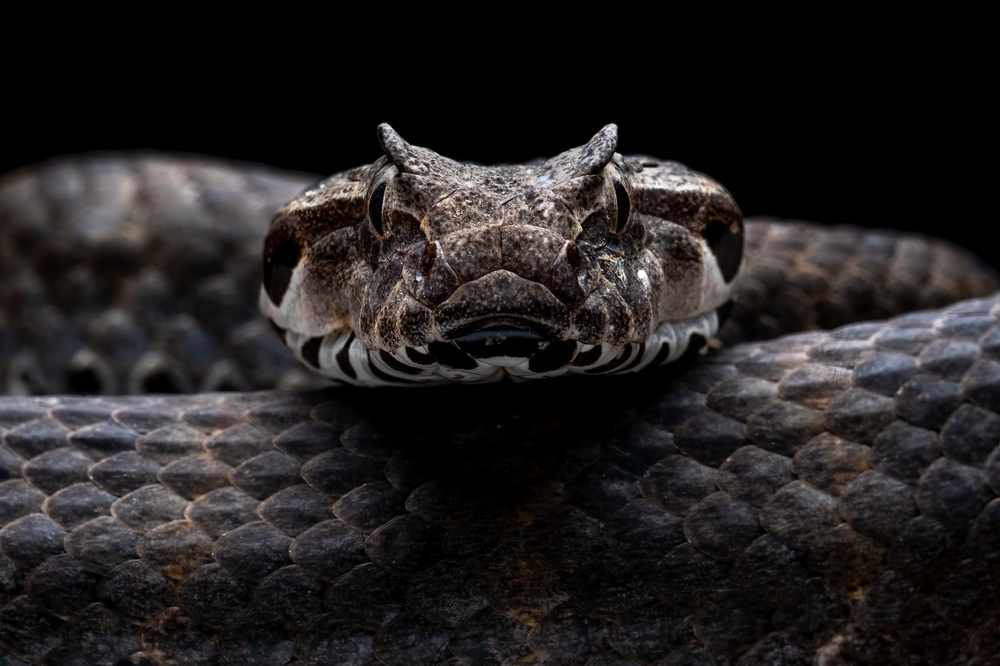
Some snakes have taken deception to a whole new level by using their tails to lure in prey. Species like the death adder have a tail that mimics the appearance and movement of a worm or insect, drawing curious prey in closer. Once the prey is within range, the snake strikes with lightning-fast speed, securing its dinner in the blink of an eye. This form of hunting is particularly clever, as it turns the curiosity of potential prey into a fatal mistake.
The tail-luring tactic shows just how adaptable and creative some snakes can be. It’s a reminder of the diverse strategies employed by predators in the wild to fill their bellies. The use of such intricate trickery highlights the evolutionary arms race between predator and prey, where innovation is a key to survival. It’s a cruel but effective method that ensures the snake can capture prey without expending much energy.
5. The Night Stalker
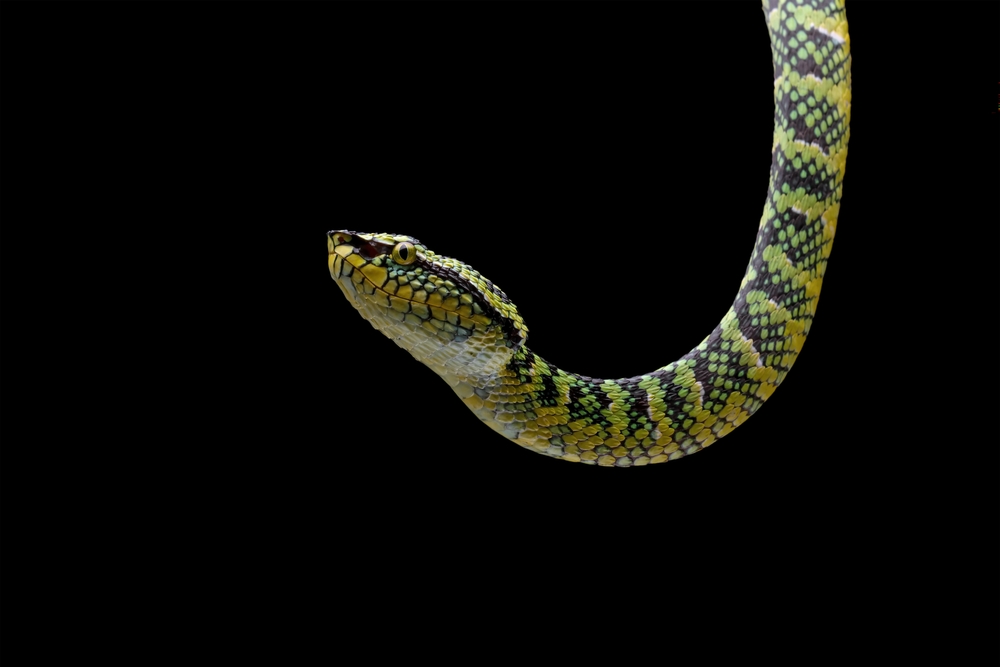
Many snake species are nocturnal hunters, using the cover of darkness to their advantage. These snakes have developed specialized senses to help them navigate and hunt in the dark, such as heat-sensing pits found in pit vipers. These pits allow them to detect the body heat of their prey, even in total darkness. Coupled with their acute sense of smell and vibration-sensing abilities, nocturnal snakes are perfectly equipped for night-time hunting.
The advantage of hunting at night is that it often reduces competition from other predators. It also allows them to catch prey that might be less aware and more vulnerable after dark. The eerie quietude of the night becomes the perfect hunting ground for these silent stalkers, highlighting the adaptability and stealth of snakes. As you sleep soundly in your bed, remember that in the wild, the great game of survival continues under the cover of darkness.
6. The Fisherman
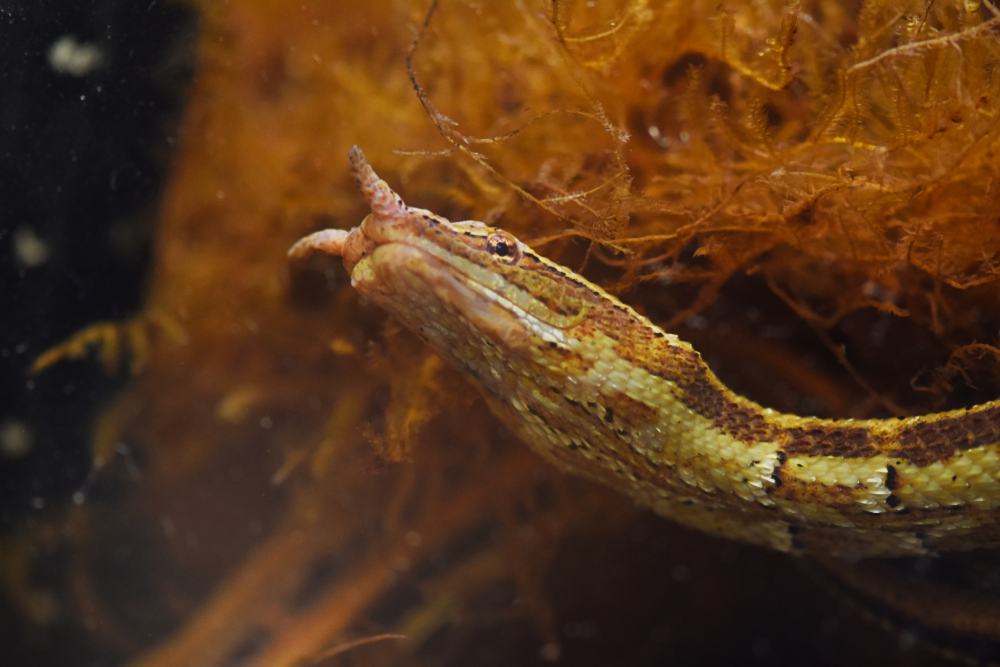
Some snakes have mastered the art of fishing, diving into water to catch aquatic prey. The tentacled snake, for instance, uses its unique appendages to sense the movement of fish in murky waters. This snake doesn’t just react to prey – it predicts where the prey will move, creating a wave with its body that startles the fish into a predictable escape route. The snake then strikes with precision, catching the fish off guard.
This advanced hunting technique demonstrates the snake’s ability to manipulate its environment to its advantage. It’s a fascinating adaptation that showcases the snake’s intelligence and problem-solving skills. Being able to hunt in water opens up a whole new range of prey for these reptiles, and it’s a reminder of their incredible versatility. Whether on land or in water, snakes have evolved to exploit every niche available to them.
7. The Sand Striker

In desert environments, some snakes have become masters of the sands. The sidewinder snake moves in a unique way that allows it to traverse hot, shifting sands effortlessly. But its movement is not the only trick up its sleeve; sidewinders bury themselves under the sand, lying in wait for unsuspecting prey. Their unique locomotion enables them to stay cool and conserve energy while setting up the perfect ambush.
When prey such as a lizard comes too close, the snake explodes from its sandy hiding spot with jaw-dropping speed. This element of surprise is often all it takes to secure their next meal. The ability to hunt in such an extreme environment is a testament to their adaptability and survival skills. These sand-bound assassins have turned the harsh desert into a land of opportunity.
8. The Tree Top Trapper
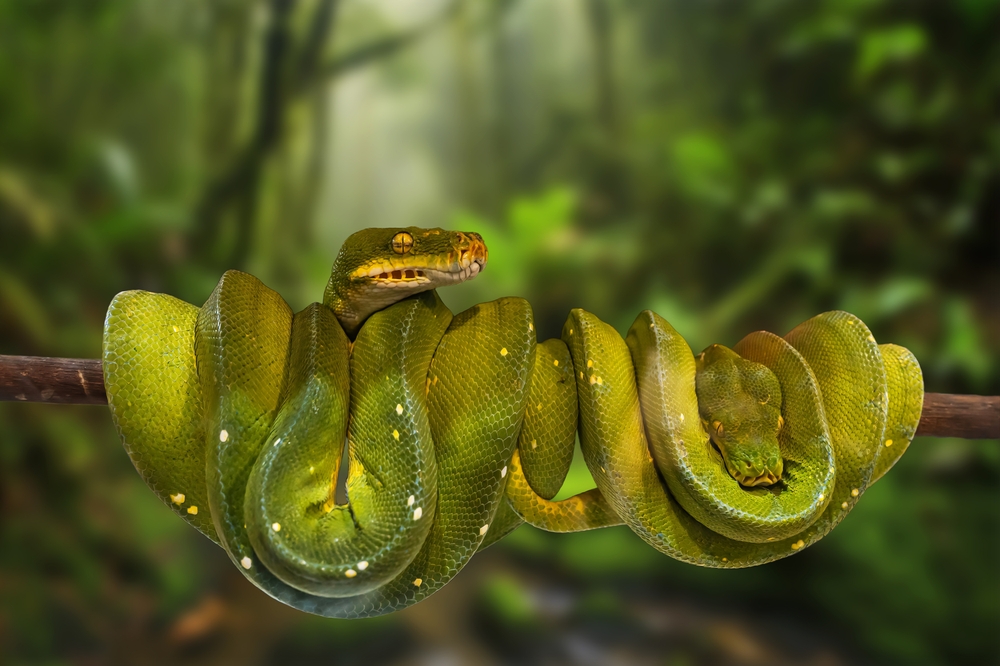
Some of the most agile and acrobatic hunters in the snake world are those that reside in trees. Arboreal snakes, such as the green tree python, use their prehensile tails to navigate and stabilize themselves among branches. Their hunting strategy often involves hanging motionless from a branch, waiting for birds or other prey to come within range. With a swift strike, they grab their prey mid-air or pluck them from their perch.
This aerial hunting technique requires precision, balance, and timing. The arboreal snakes’ ability to live and hunt in such a challenging environment reveals their impressive adaptability. Their green coloration also provides perfect camouflage against the foliage, making their attacks even more unexpected. It’s a reminder that danger lurks even among the treetops, where the hunters are as stealthy as they are skilled.
9. The Mud Mover

In swampy environments, some snakes have developed the ability to hunt in mud and murky waters. The anaconda, one of the largest snakes in the world, often hunts in these challenging conditions. Using its powerful body, it moves silently through the water, blending in with the muddy surroundings. With just its nostrils and eyes above the waterline, it can spy on prey without being detected.
When the moment is right, the anaconda lunges, wrapping its massive body around its prey in a deadly embrace. This stealthy approach is essential for catching larger prey, such as capybaras and caimans. The ability to hunt in such an environment requires not only strength but also incredible patience and stealth. These swamp serpents have turned the mud and water into their hunting grounds, proving that no environment is too challenging.
10. The Burrow Buster
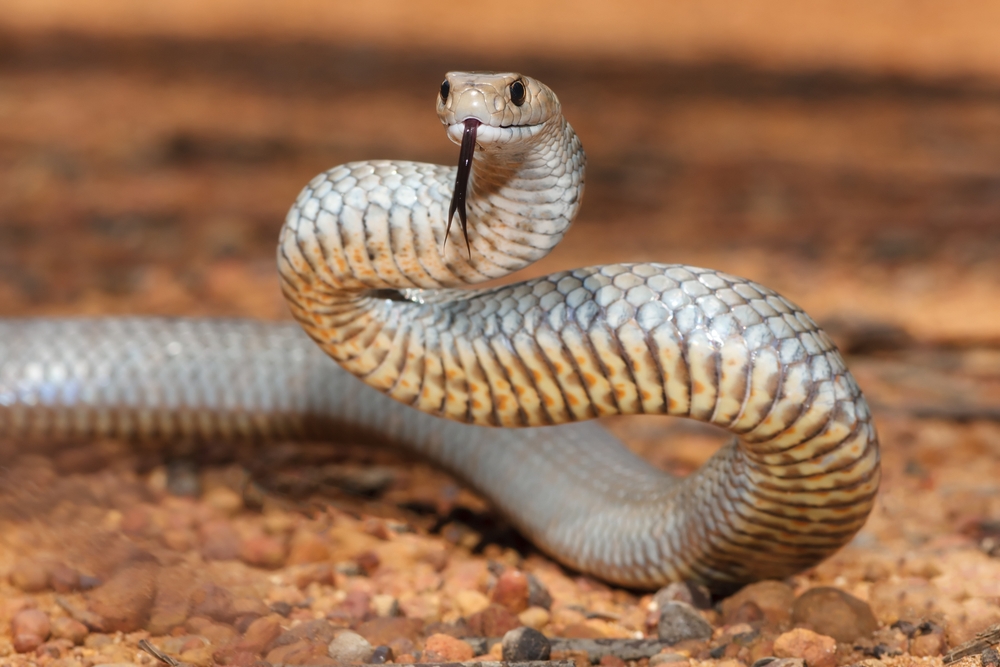
Some snakes have adapted to hunt within the confines of burrows. The king snake, for example, is known for its ability to pursue prey into tight spaces, thanks to its slender, flexible body. This technique allows it to access the nests of rodents and other burrowing creatures, catching them in their most vulnerable spots. This form of hunting is particularly advantageous as it allows the snake to surprise its prey in their own homes.
Hunting in burrows also protects the snake from predators while it feeds. It’s a clever adaptation that allows snakes to exploit a niche environment that many other predators can’t access. This sneaky invasion of privacy ensures that the snake has a meal, even when food is scarce above ground. It’s an ingenious strategy and a reminder of the lengths to which nature’s predators will go to secure a meal.
11. The Scent Tracker
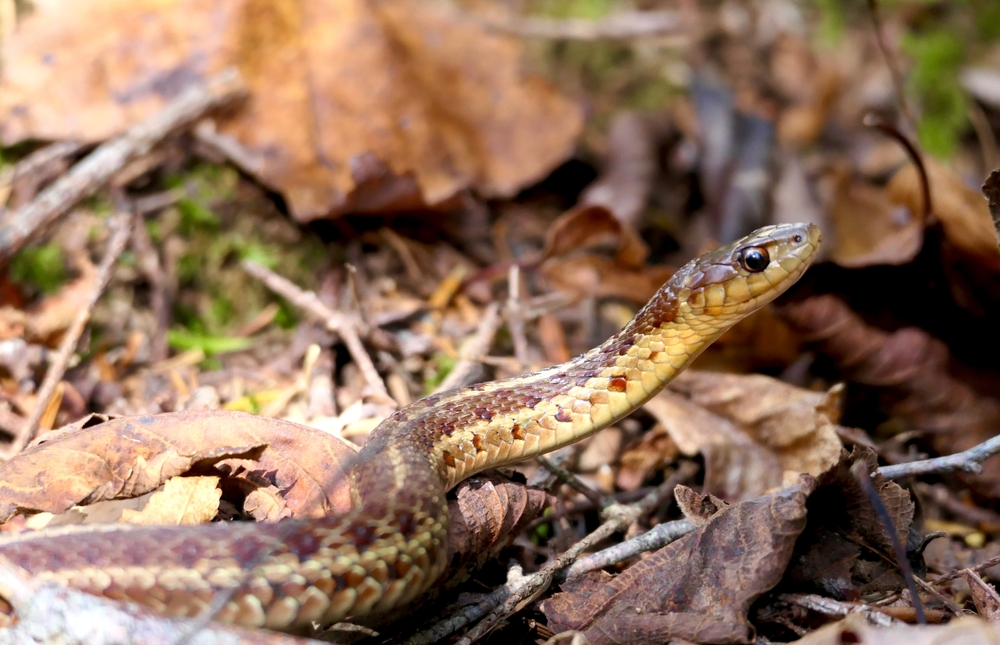 provided by Shutterstock
provided by Shutterstock
Some snakes are exceptional scent trackers, using their forked tongues to pick up on chemical cues left by their prey. The common garter snake is one such predator, able to track its prey through dense vegetation by following scent trails. Their tongues collect chemical particles from the air and ground, which are then analyzed by the Jacobson’s organ. This powerful sense of smell allows them to locate prey even when it’s out of sight.
This ability to track prey by scent is vital for survival, particularly in areas where vision might be obstructed. Snakes using this method can navigate complex environments with ease, honing in on their next meal with laser-like precision. It’s a testament to the snake’s evolution, allowing it to thrive in a wide range of habitats. Their olfactory prowess ensures that even the most elusive prey is not safe from their pursuit.
12. The Decoy Dart

Some snakes have evolved to use deception in the most cunning ways, such as mimicking a harmless creature. The mimicry of certain non-venomous snakes, like the hognose snake, allows them to approach prey without raising alarm. They flatten their heads or change their posture to resemble more dangerous or benign creatures. This trickery can confuse prey into underestimating the potential threat, allowing the snake to get close enough for a successful attack.
This form of mimicry highlights the snake’s intelligence and adaptability, turning deception into a deadly hunting tool. It’s a remarkable example of how appearances can be deceiving and how evolution can shape creatures in unexpected ways. By appearing to be something they are not, these snakes can exploit the weaknesses of their prey. It’s a game of bluff that often ends with the snake as the victor.
13. The Double Trouble
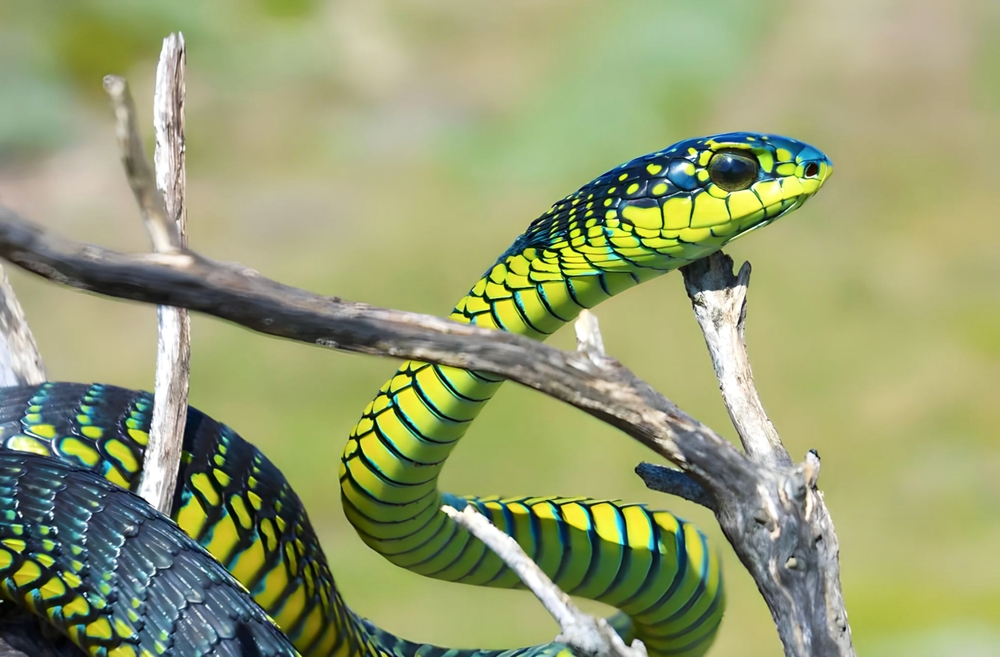
In a rare twist of nature, some snakes are capable of dual hunting methods, employing both venom and constriction. The boomslang, for instance, uses its potent venom to immobilize prey but can also coil around smaller creatures to subdue them physically. This versatility ensures that they have multiple options for tackling different types of prey, maximizing their chances of a successful hunt.
The ability to switch between hunting strategies gives these snakes a unique advantage in the wild. It showcases the remarkable adaptability of snakes, allowing them to thrive in diverse environments with varying prey availability. This dual approach ensures they’re never left hungry, regardless of the situation. It’s a testament to the evolutionary arms race, where the most adaptable species are often the most successful.
